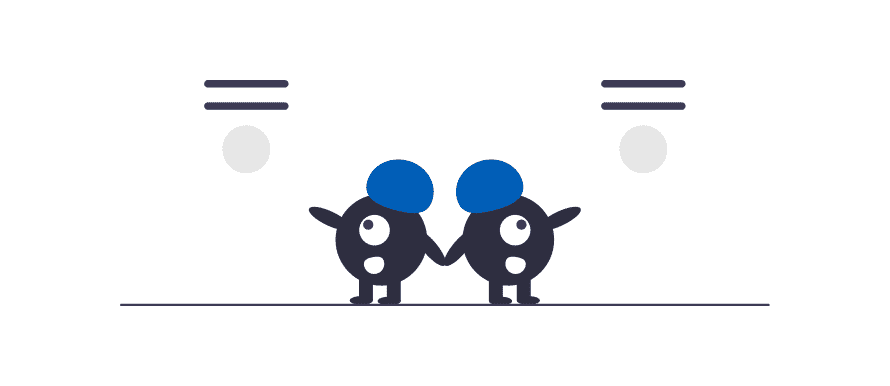
No matter the type of products or services your business provides there are a lot of integrated systems to keep track of. Things get confusing when you start to be overwhelmed with different abbreviations. This article aims to take a look at what each of these abbreviations means and what they can do for your business:
DAM - Digital Asset Management
- Digital asset management is a system that stores, shares and organizes digital assets in a central location.
- It amplifies the benefits of files such as images, videos and PDFs.
- The OneTimePIM approach is different. We understand DAM is an essential part of a company’s Product Information Management system, and it would make no sense for your digital files to be separate from all your other data, so we include them both together, as part of every package we offer.
ERP - Enterprise Resource Planning
- Enterprise resource planning refers to a type of software that organizations use to manage day-to-day business activities such as accounting, procurement, project management, risk management and compliance, and supply chain operations.
- It results in improved business insights from real-time information, lower operational costs due to streamlined processes and enhanced collaboration amongst the business.
- Systems like SAP or Oracle are amongst the best ERP software.
CRM - Customer Relationship Management
- Customer relationships management systems are used to record, report and analyse interactions between the company and users. CRM software records customer contact information such as email, telephone, website social media profile, and more, and organises this data for you.
- CRM enables a business to forge new relationships, deepen existing ones, and keep track of prospects. All of these are important in attracting and retaining customers.
- Systems like Hubspot or Salesforce CRM are amongst the best CRM systems.
CMS - Content Management System
- Content management systems are computer software used to manage the creation and modification of digital content.
- CMS platforms allow you to make a website without writing code or learning programming. They make it easy and flexible to build any sort of website and design content for it.
- Systems like WordPress and Wix are amongst the best CMS systems.
MDM - Master Data Management
- MDM systems typically manage data across multiple data areas including employee, customer, financial, location, and vendor information. It is a very broad approach but allows companies to keep track of all their data effectively in one place.
- While product information can be a part of MDM systems, it is still recommended to maintain a PIM system too, as this will enrich your product data further.
- Systems like PiLog and Informatica are amongst the best MDM systems.
PIM - Product Information Management
- And finally, our forte, Product Information Management. PIM is software designed to store all of a company’s products and the bits of data associated with them, then distribute that information anywhere that it is needed.
- PIM systems enrich product data, create new USPs, decrease time to market, increase productivity, eliminate product data mistakes and much more...
- We truly believe we have built the most powerful and easy-to-use PIM software on the market. Feel free to book a demo to find out more about our PIM system.